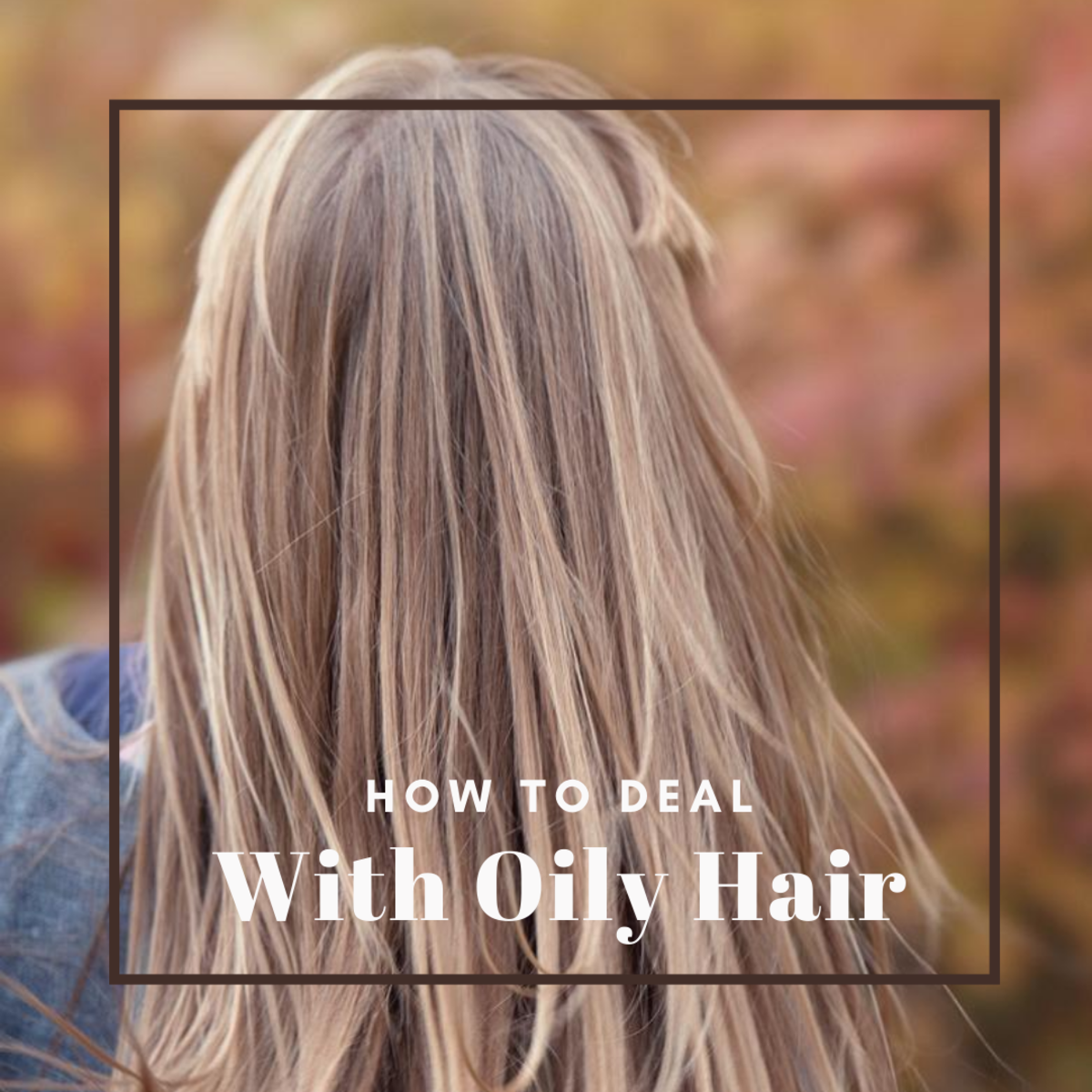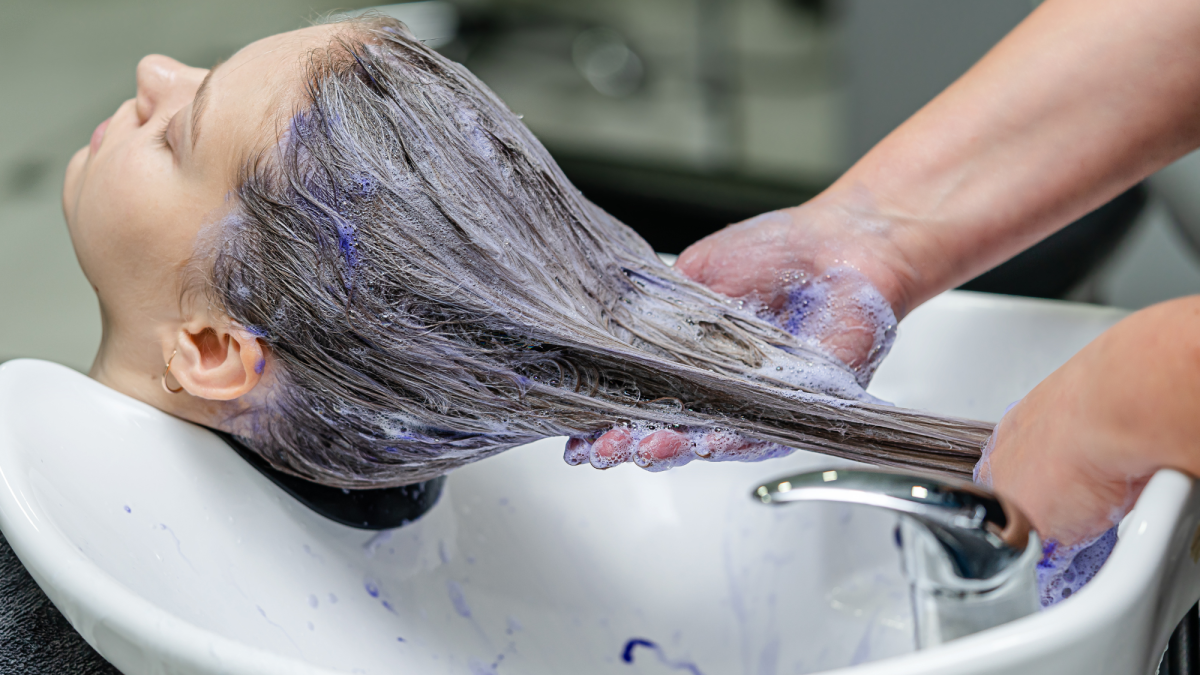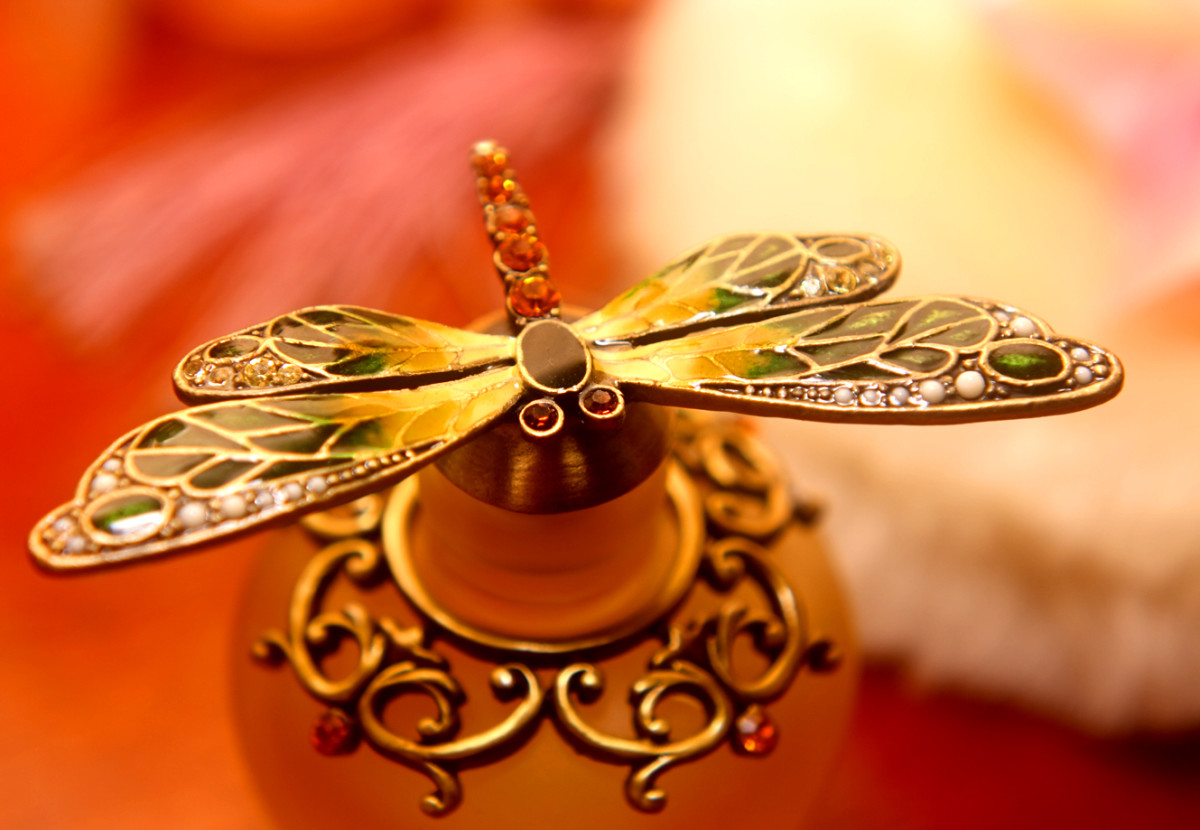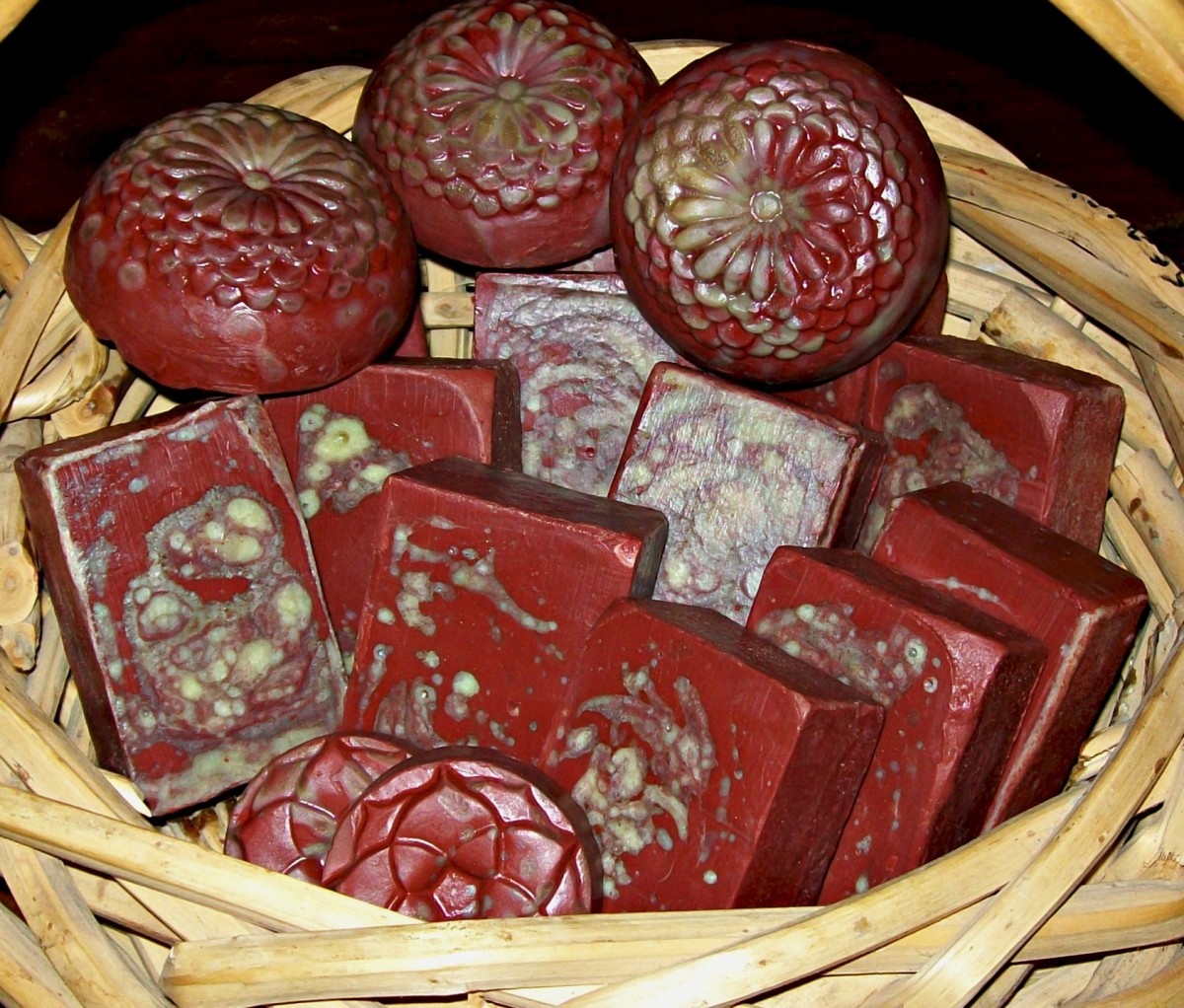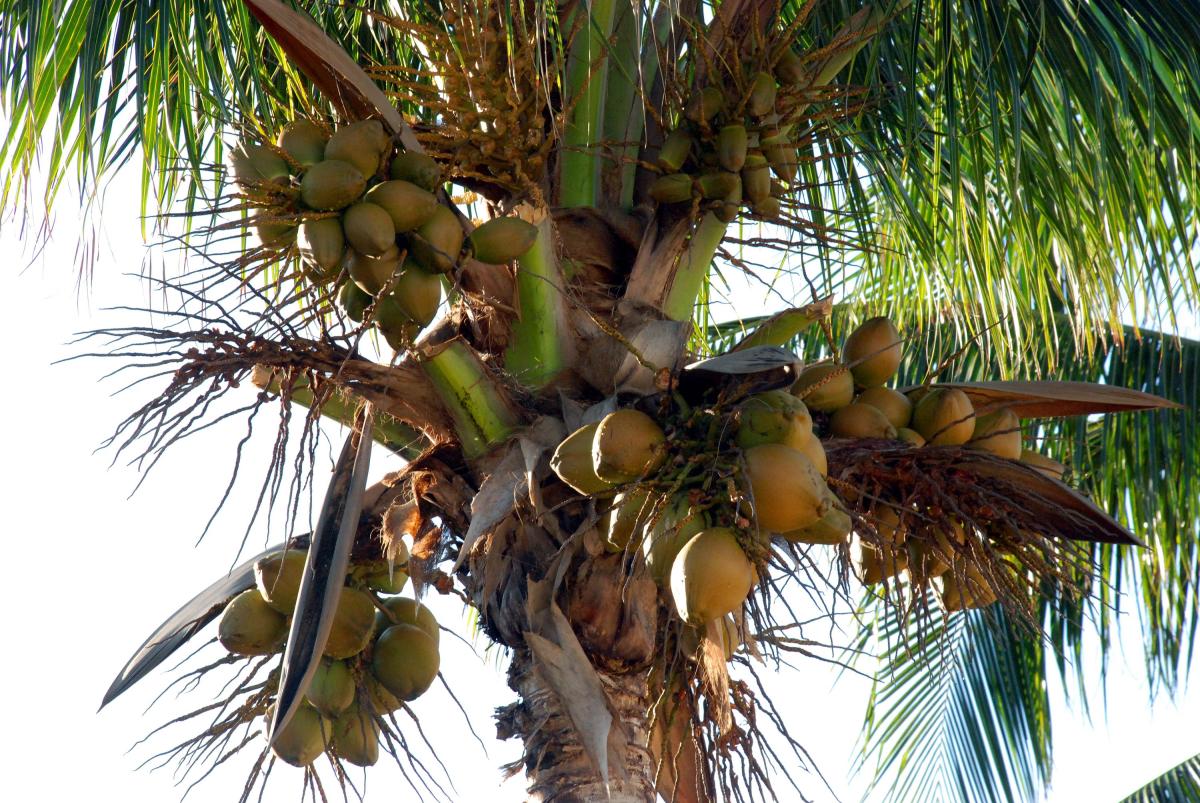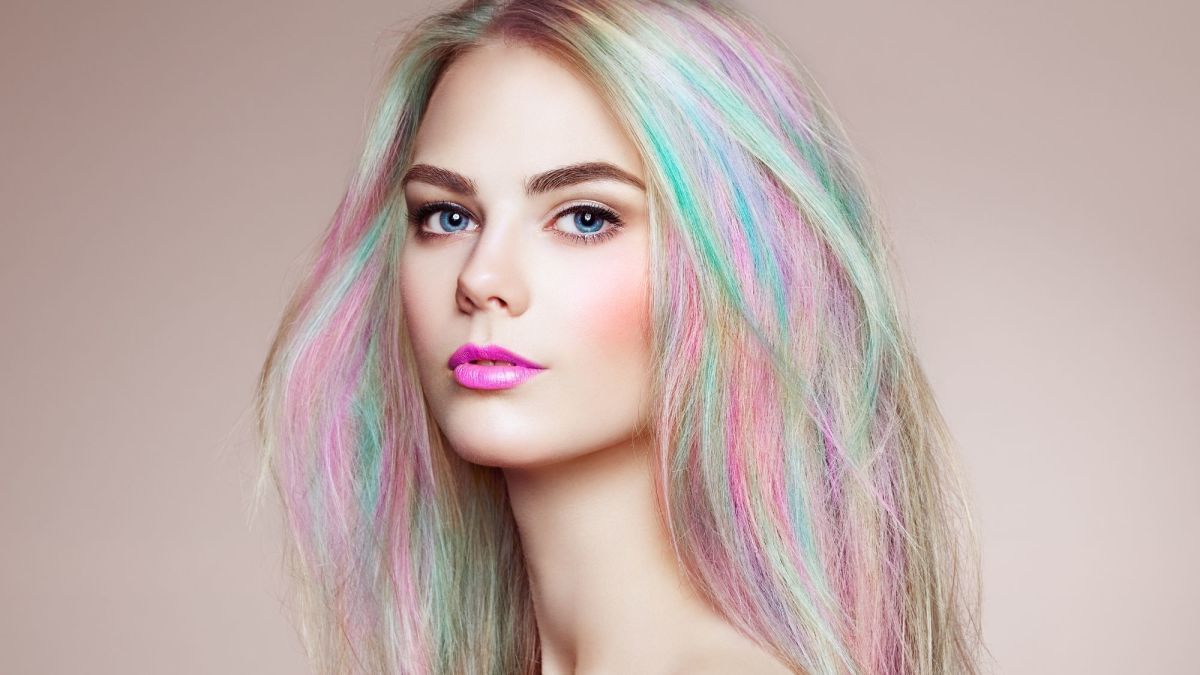How to Make Your Own Shampoo
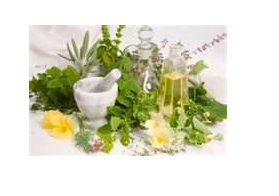
Why Make Your Own?
There are numerous reasons to make your own shampoo. The cost of shampoo doesn't seem like very much but everyone on a budget knows every penny counts. Another really good reason to make your own shampoo is that it is better for you. The ingredients in personal care products are not closely monitored. Many of the ingredients in shampoos and conditioners are not safe. Most of them are not even necessary to clean your hair they are just fillers, dyes, fragrances and other unnecessary chemicals. These chemicals are not only bad for you they are also bad for the environment. Home made shampoos do not contain unnecessary chemicals. They contain only a few all natural ingredients that will keep your hair clean and are not damaging to your or the environment. You can even choose what different oils to add to your shampoo depending on your hair type and your preference of fragrance. This is also a great option for anyone with allergies because they know everything that they put into the shampoo.
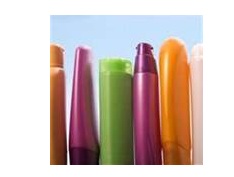
How to Make the Shampoo
This is the basic recipe for home made shampoo. You can add different oils depending on the fragrance you want and your hair type.
What you will need
- Empty shampoo bottle
- Distilled water
- Castile soap
- your choice of oil (I like rose oil)
What to do
- Pour half a cup of distilled water into the empty shampoo bottle
- Add half a cup of distilled water into the bottle
- Add a two to three tablespoons of the oil you chose
- Shake well
- Let set until you are ready to use it
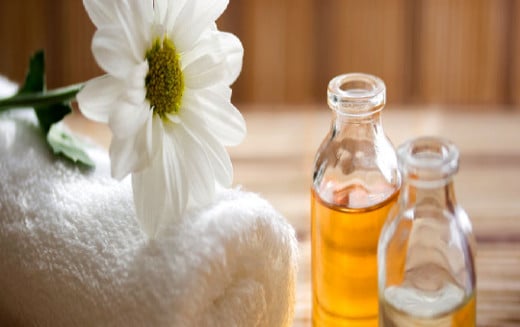
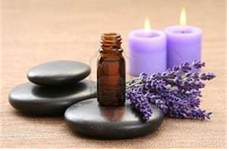
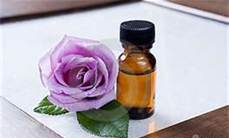
Different Oils for Different Types of Hair
There are two major types of oils. One of these are the essential oils. Essential oils are plant based and are very strong in fragrance. They are also packed with vitamins. These are commonly diluted with the second category of oils. Carrier oils are vegetable based and they have very little fragrance. They also carry many vitamins but they are not quite as strong which makes them perfect to mix with the essential oils. Different types of oils are good for different types of hair and hair conditions. A list of different oils and what they are best used for are listed below. This list may be helpful in choosing the proper oils for your personal batch of shampoo.
For dry hair
- Almond oil
- Sunflower oil
- Carrot oil
- Coconut oil
- Olive oil
- Lavender oil
- Lemon oil
- Rosemary oil
- Sandalwood oil
- Geranium oil
For oily hair
- Lavender oil
- Rosemary oil
- Lemon oil
- Peppermint oil
- Cypress oil
For normal hair
- Lavender oil
- Rosemary oil
- Lemon oil
- Geranium oil
- Thyme oil
- Cedar wood oil
- Clary sage oil
For dandruff
- Rosemary oil
- Lavender oil
- Lemon oil
- Cedar wood oil
- Thyme oil
- Basil oil
- Cypress oil
- Tea tree oil
- Sage oil
- Coconut oil
For promoting new hair growth
- Coconut oil
- Lavender oil
- Rosemary oil
- Olive oil
- Evening primrose oil
- Citrus oil
- Jojoba oil
- Tea tree oil
- Basil oil
- Peppermint oil

How This Works
These very basic ingredients all play an important role in getting your hair clean and healthy. The Distilled water is to mix in all the other ingredients and to dilute them so they are not to strong. The Castile soap is to create a lather and to clean your hair. The oils that you choose are to give your hair the vitamins and nutrients that they need. This is all your hair really needs. Washing your hair with all natural ingredients is much healthier for your hair and the environment.
Try Making Your Own Conditioner
If you try the natural shampoo recipe and you get the results you were hoping for you might want to try making your own conditioner as well. Store bought conditioners also contain harmful and unnecessary chemicals. If you would prefer to use an all natural shampoo that is already made you can find some really great shampoos and conditioners and health stores like super-supplements.
Some more of my work
- How to lighten your hair naturally at home
Tips to naturally lighten your hair at home. These tips use natural ingredients, are inexpensive and will not cause much damage to your hair. These methods are fast and easy to use. - How to Darken your hair color naturally at home
How to darken your hair color with natural products at home. Use ingredients like cocoa and sage. - How to naturally dye your hair red at home
How to dye your hair red naturally at home. These methods are natural so they will not cause much damage to your hair if any at all. They are inexpensive too so you try them even if you are on a budget. - Tips on fixing damaged hair
Damaged hair can be tough to work with. These tips will get your hair back to being healthy, shiny and beautiful without having to take a trip to the salon. These tricks are easy, inexpensive and can be done at home with natural products.
Some related pages
- Loc and Natural Hair Care & Maintenance
I have been growing my locs for about 8 years now. They have grown to reach the top of my gluteus maximus. During my journey, I have only lost 3 locs early on – due directly to my own ignorance in the proper maintenance and care for my locs. ... - Winter Natural Hair Routine Guide
Retaining length and growing natural hair long will take some forethought when taking care of your curly hair. One of the first things you will notice is that curly hair stays dry and also due to the amount of shrinkage it has the appearance of not..

